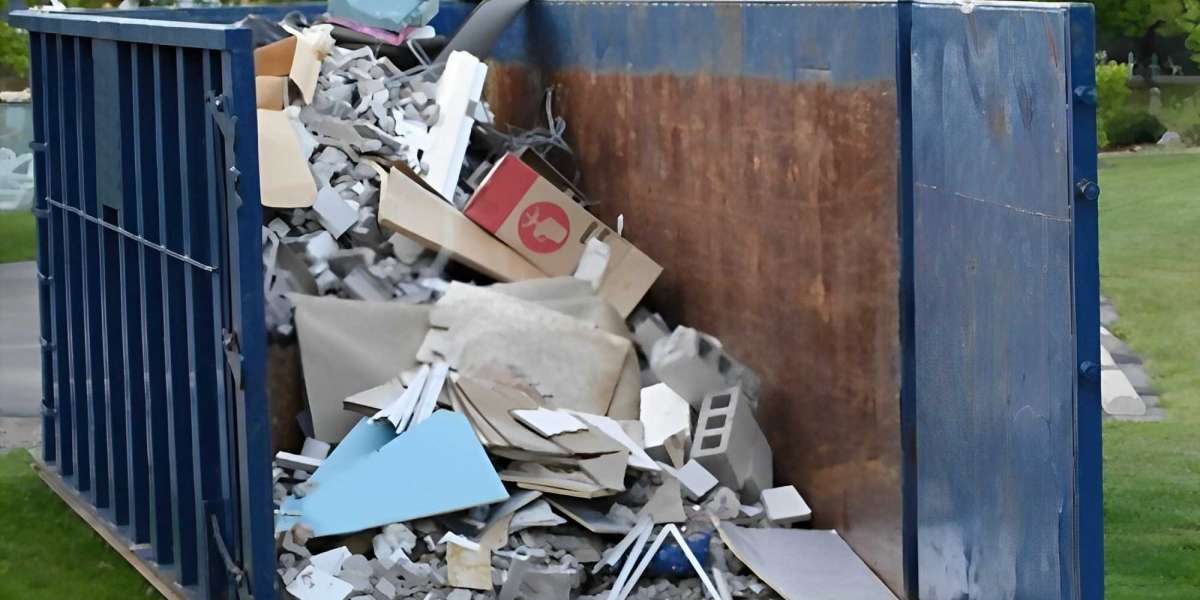Construction debris is a common byproduct of any construction project, from small renovations to large-scale demolitions. It can be made up of a variety of materials, including wood, concrete, metal, drywall, and insulation. If not properly disposed of, construction debris can pollute the environment and pose a health hazard.
The process of removing construction debris typically involves the following steps:
1. Segregation: The first step is to segregate the debris into different categories of waste materials according to their composition and characteristics. This helps to ensure that the debris is disposed of or recycled in an environmentally responsible manner.
- Hazardous materials: These materials can pose a health or environmental hazard if not properly disposed of. They include things like asbestos, lead paint, and mercury.
- Recyclable materials: These materials can be reused or recycled, such as wood, metal, and plastic.
- Non-recyclable materials: These materials cannot be reused or recycled and must be disposed of in a landfill.
2. Collection: Once the debris is segregated, it is collected and put into designated containers or bins or dumpsters. The size and type of container will vary depending on the amount and type of debris.
- Dumpsters: Dumpsters are the most common type of container used for construction debris removal. They come in a variety of sizes to accommodate different projects.
- Roll-off containers: Roll-off containers are larger than dumpsters and are typically used for larger projects. They are loaded onto a truck and then transported to the disposal or recycling facility.
- Bags: Bags are a good option for small amounts of debris. They can be easily transported and disposed of.
3. Transportation: The collected debris is then transported to the disposal or recycling facility. The facility may be a landfill, recycling center, or other waste management site.
- Landfills: Landfills are the most common destination for construction debris. They are designed to safely contain and isolate waste materials.
- Recycling centers: Recycling centers sort and process recyclable materials for reuse.
- Other waste management sites: There are a variety of other waste management sites that can handle construction debris, such as incinerators and composting facilities.
4. Disposal/Recycling: The final step involves disposing of or recycling the debris. The specific method of disposal or recycling will vary depending on the type of material.
- Hazardous materials: Hazardous materials must be disposed of in a secure landfill or incinerator.
- Recyclable materials: Recyclable materials are sorted and processed for reuse.
- Non-recyclable materials: Non-recyclable materials are disposed of in a landfill.
Here are some tips for reducing construction debris:
- Plan ahead and minimize waste. This can be done by carefully planning the project and ordering the right amount of materials. It is also important to reuse and recycle materials whenever possible.
- Use recycled materials whenever possible. This helps to reduce the amount of new materials that need to be produced.
- Reuse materials whenever possible. This can be done by salvaging materials from old buildings or structures.
- Dispose of debris properly. This means segregating the debris, collecting it in the right containers, and transporting it to the right disposal or recycling facility.
By following these tips, you can help to reduce the amount of construction debris that ends up in landfills and incinerators. Read Also Get Rid of Clutter and Create a More Organized Home
In addition to the steps mentioned above, there are a few other things to keep in mind when removing construction debris:
- Safety: It is important to take precautions to protect yourself and others from injury when working with construction debris. This includes wearing protective gear such as goggles, gloves, and a dust mask.
- Permits: In some cases, you may need to obtain a permit from the local government before removing construction debris.
- Timing: It is important to remove construction debris as soon as possible to prevent it from becoming a hazard.
By following these tips, you can ensure that construction debris is removed safely and properly.
Opting for a dumpster rental is unequivocally the most convenient, hassle-free, and economically viable approach to effectively rid your space of diverse forms of debris. Don't hesitate any longer—commence that project with confidence! Moreover, ensure a seamless and stress-free journey by opting for the convenience of a dumpster rental. Here at South Shore Dumpster Rental, our paramount focus revolves around delivering unparalleled dumpster services within the South Shore FL vicinity and its environs. Our unwavering commitment to delivering excellence in the array of services we offer to our valued clientele underscores our dedication. We eagerly anticipate the opportunity to extend to you the finest dumpster services available in the upcoming time





